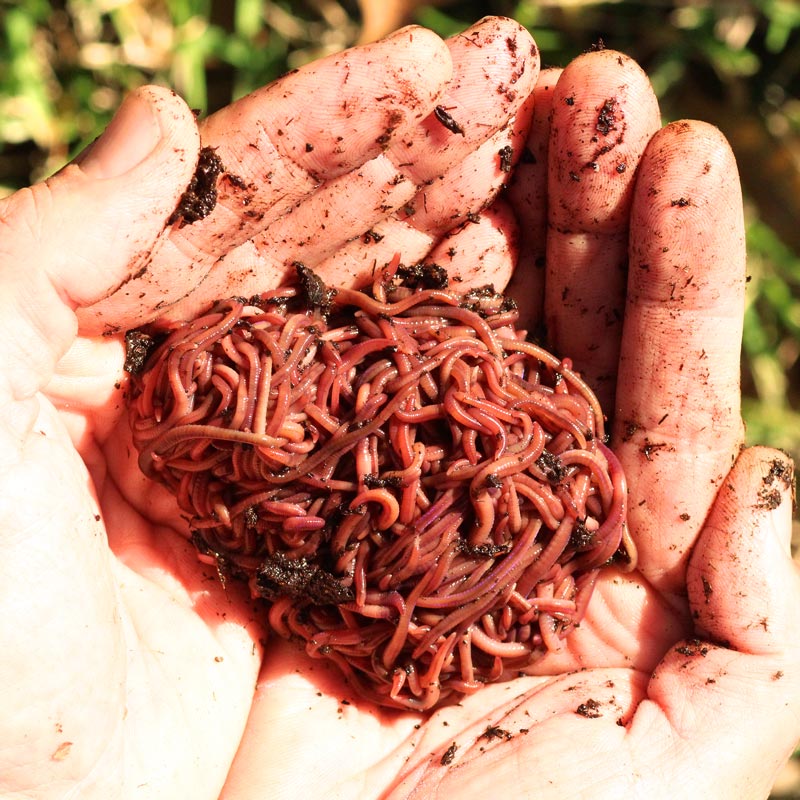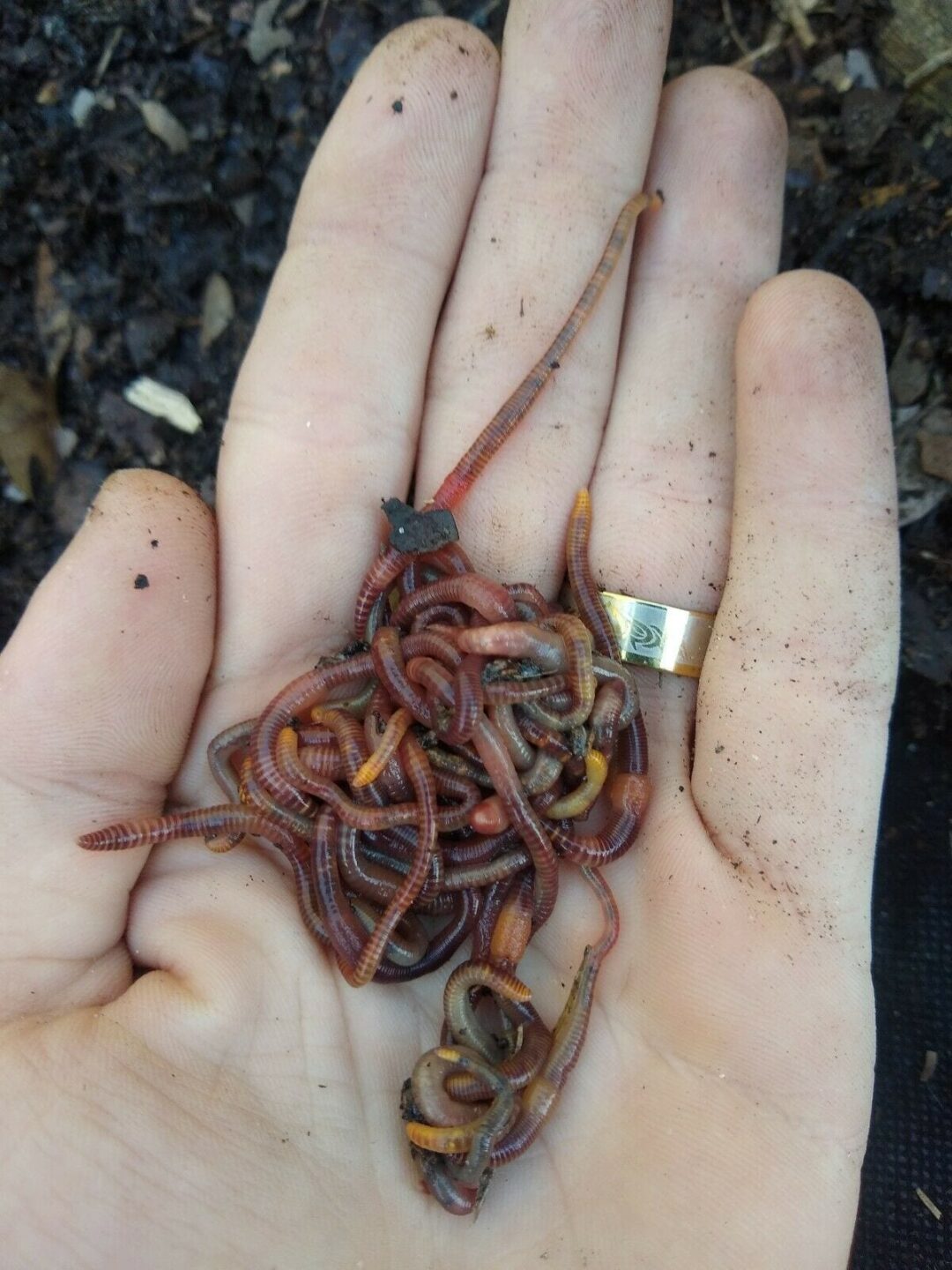Comprehensive Lawn Care Products from Red Wiggler Express
Comprehensive Lawn Care Products from Red Wiggler Express
Blog Article
Unlock the Tricks of Red Wigglers: Your Guide to Composting Success
The integration of red wigglers right into composting practices presents a considerable opportunity for improving soil wellness and advertising sustainability. These microorganisms are not simply efficient recyclers of natural waste; they offer a myriad of advantages that can change yard administration. Understanding their needs and behaviors is important for enhancing their capacity, from establishing an appropriate worm container to feeding them the ideal materials. As we check out the important components of successful vermicomposting, one could wonder exactly how these tiny creatures can bring about a more vivid and effective garden environment.

What Are Red Wigglers?
(Red Wiggler Express)Red wigglers, medically called Eisenia fetida, are a species of earthworm mostly used in composting as a result of their exceptional ability to disintegrate raw material effectively. These worms are characterized by their reddish-brown coloration and a segmented body, usually determining between 3 to 4 inches in length. Unlike various other earthworm varieties, red wigglers grow in abundant, organic settings, making them suitable for vermicomposting systems.
Indigenous to North America, they are often located in decomposing leaves and garden compost piles, where they play a vital role in nutrient recycling. Their adjustment to living in a moist, aerobic setting enables them to take in large quantities of natural waste, simplifying right into nutrient-rich spreadings that boost dirt health and wellness.
Red wigglers recreate rapidly, with a solitary worm capable of producing several cocoons every week, each containing several hatchlings. This quick recreation price adds to their effectiveness in composting operations. They like temperatures in between 60 ° F and 80 ° F, and their activity degree increases significantly within this range, further assisting in the decomposition procedure. Understanding the biology and actions of red wigglers is crucial for optimizing their possibility in composting applications.
Advantages of Making Use Of Red Wigglers
Using the power of red wigglers in composting offers numerous advantages that enhance dirt wellness and advertise lasting waste management. These impressive microorganisms effectively break down organic matter, changing cooking area scraps and lawn waste right into nutrient-rich vermicompost. This ended up product is remarkably advantageous for plant development, as it improves dirt structure, increases moisture retention, and improves vitamins and mineral accessibility.

(Red Wiggler Express)In addition, the visibility of red wigglers in your composting system can speed up the composting procedure, generating high-grade garden compost in a portion of the moment contrasted to standard methods. The spreadings generated by these worms are additionally bristling with beneficial microbes that further enrich the soil ecosystem.
Establishing Up Your Worm Bin
Creating an efficient worm container is a simple process that can substantially boost your composting initiatives. The first step is picking an ideal container. Worm bins can be made from plastic storage space bins, wooden boxes, or readily offered worm containers. Make certain the container has adequate water drainage and ventilation openings to keep ideal dampness degrees and air movement.
Next, prepare the bedding material, which offers as the worms' habitat. A mix of shredded newspaper, cardboard, and coconut coir functions well, supplying a comfy setting for the worms.

Feeding Your Red Wigglers
To make sure the health and wellness and efficiency of your red wigglers, it is necessary to give them with a balanced diet that fulfills their nutritional requirements. Red wigglers grow on a varied array of natural products, which not just supply needed nutrients however likewise promote reliable composting.
Start by including kitchen area scraps such as veggie peels, fruit cores, and coffee grounds. Avoid citrus fruits, onions, and garlic, as these can be destructive to worm wellness. In addition, present shredded paper, cardboard, and completely dry fallen leaves to create a well-aerated environment.
Feeding regularity ought to be kept track of; typically, worms can consume half their body weight in food weekly. It is essential to avoid overfeeding, as excess food can cause undesirable odors and attract bugs. An excellent method is to add food in little quantities, permitting worms to process it before introducing a lot more.
Maintaining dampness degrees is additionally vital; the bed linen needs to perspire but not soggy. Finally, make certain to on a regular basis examine the temperature and pH levels of the bin to ensure an ideal atmosphere for your red wigglers, inevitably boosting their composting performance.
Harvesting and Utilizing Compost
A successful composting procedure with red wigglers finishes in the abundant, dark garden compost called vermicompost, which can dramatically boost soil wellness and plant development. Harvesting this nutrient-dense product generally happens every three to six months, depending on the size of your system and the amount of raw material being refined.
To collect, delicately different the compost from the worms and any undecomposed materials. One efficient approach involves moving the contents of the bin away and including fresh bedding and food to the vacant space, motivating the worms to move. After a few days, the compost can be collected from the contrary side.
It is necessary to use vermicompost Red Wiggler Express properly to optimize its benefits. By integrating vermicompost into your horticulture program, you not just recycle natural waste but additionally produce a successful environment that sustains sustainable gardening practices.
Verdict
In recap, red wigglers offer as exceptional allies in composting initiatives, transforming organic waste right into nutrient-rich vermicompost. By recognizing the ideal conditions for their environment, feeding requirements, and compost harvesting techniques, garden enthusiasts can improve soil wellness and promote plant vitality.
Report this page